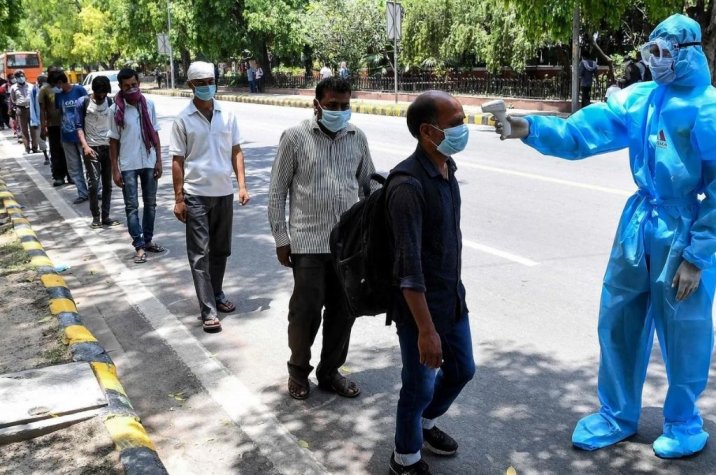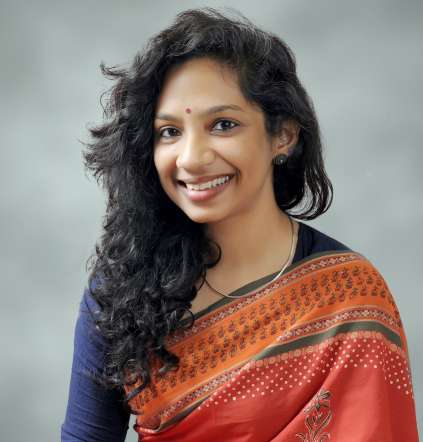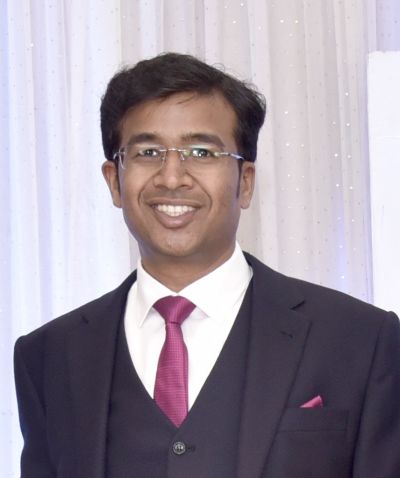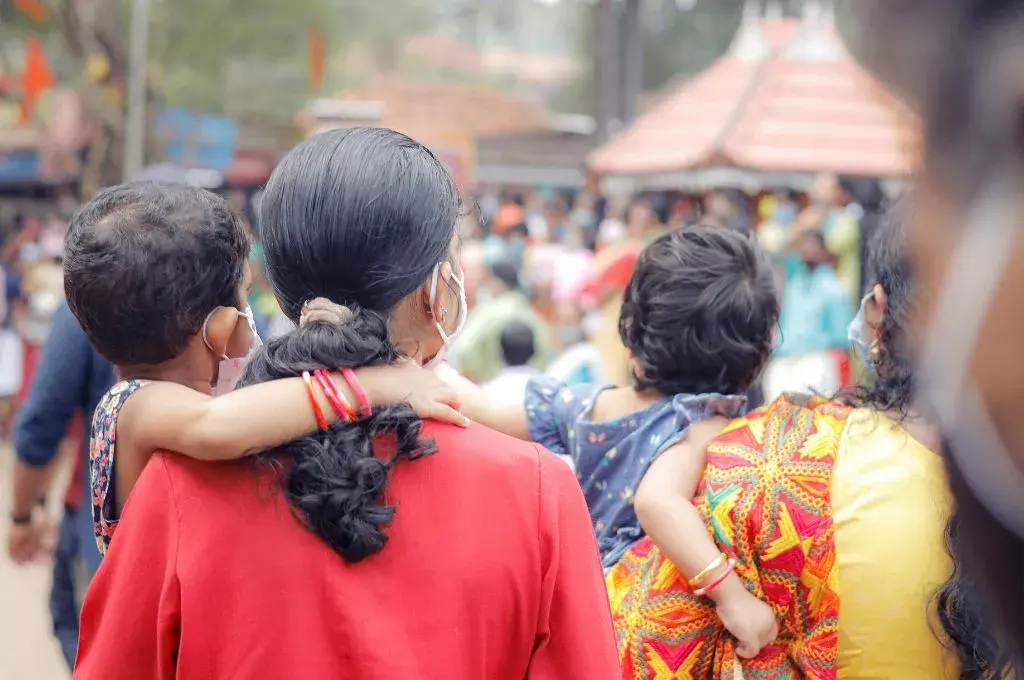The second wave of the COVID-19 pandemic buckled the country for many weeks. We may have passed the peak, but are still struggling with rising infection rates in many parts of the country, a severe vaccine shortage, and a rocky road to ‘vaccines for all’.
With our health systems tested to their seams and thousands of lives lost in a struggle to reach hospitals or access oxygen, what is more daunting is the complete absence of lessons learnt from the responses during the first wave. The country has failed to acknowledge and correct the biases in the first wave’s responses against people based on their class, gender, caste, and geographic location. Instead, the state response to the second wave only exacerbates these exclusions. We outline three kinds of biases that surfaced during the first wave, and continue to remain unaddressed during this wave: a bias against the marginalised, an urban bias, and a technology bias.
A bias against the marginalised
Economist Jayati Ghosh analyses how the response strategy during the first wave of the COVID-19 crisis utterly neglected the plight of people from marginalised sections of society. She underlines that the policy actions—ranging from the lockdowns to the economic relief packages—were devised with a parochial view, relying on limited sources of information. Reference points for policymaking were starkly ignorant of ground realities. As a result, these measures disproportionately affected women, people belonging to the working class, and marginalised caste communities. Also, the economic relief packages during these distressing times increased the liquidity in the markets instead of improving the buying capacity of the poor. As a result, the low-income groups and labour-intensive sectors of the economy couldn’t be rescued from the crisis.
Steps such as nationwide lockdowns were made with an assumption that all families across the country live in nicely-built houses and maintain enough savings to survive for days even in the absence of livelihood opportunities. Or, that homes are ‘safe’ for all people, ignoring ground realities about homes as sites of violence, especially for women and queer people. No wonder then that such measures led to widespread exclusions and added to the innumerable agonies among the weaker sections of society.

Relief measures and cash transfers, according to Gram Vaani’s research, were designed to rule out ‘inclusion errors’ rather than to prevent vulnerable people from falling through the cracks. This has led to significant exclusion. Other measures, such as ramming through the new labour and farm laws, were designed to benefit corporates, the formal economy, and the upper section of the society.
The second wave has seen hardly any systematic relief measures and the effects of the first wave on workers’ incomes, nutrition in rural areas, etc., are only likely to deteriorate further. Lockdowns at the local or regional level, that too without adequate social welfare support systems, are still the method of choice for containing infections. Mobile Vaani, our participatory media platform, receives updates from users and volunteers every day about the absence of job opportunities (especially among daily wage workers), dwindling savings because daily wage workers are not able to go out to earn, and consequently, struggles to buy provisions for food. The government is considering financial relief packages (even if primarily for small and medium enterprises and not social welfare), but as the second wave has shown, delays literally cost lives.
An urban bias
The second wave has also significantly affected rural areas, something that did not happen in 2020. The health infrastructure in most of these regions is still not equipped enough to address this. Voice reports on Mobile Vaani from people in Rohtas, Bihar and Jhajjar, Haryana, for instance, underline the poor status of health facilities in the hinterlands; local health services are either unable to help, do not have oxygen facilities, or worse, are closed. Some people manage to get to hospitals in peri-urban areas after many hassles, but they may still struggle to access the care they need.
The needs of the more ‘visible’ urban patients were highlighted, with most media reports and images primarily emerging from urban areas.
For several weeks into the second wave, the entire emergency response system was biased towards urban centres and to respond to the present, rather than to look ahead. The needs of the more ‘visible’ urban patients were highlighted, with most media reports and images primarily emerging from urban areas. Reports of exclusions from smaller cities did not, and still do not, make headlines. As a result, there have been substantial delays in government reactions to some of these exclusions. For instance, the rule that all hospitals require online payments for amounts greater than INR 2 lakhs was amended retrospectively after many patients had already witnessed hardships in distressing times. Alternative policy responses have simply been ignored, such as involving community-based institutions like the Panchayat Raj Institutions (PRIs) or self-help groups (SHGs) to ensure inclusion of marginalised communities in the COVID-19 response relief strategy—a response highlighted by our research too. The state did not act quickly to ensure that citizens in rural areas do not miss out due to the inequitable nature of our response systems.
A tech bias
There has been no learning from last year when relief efforts relying significantly on technology led to widespread exclusions—be it the direct benefit transfers for social welfare or Arogya Setu app for awareness and infection monitoring of people. These solutions seemed to assume that everyone in India owned a mobile phone or smartphone and knew how to use it well and that therefore, these solutions could be used efficiently for a range of health and financial support services.
However, in the second wave, the state has continued to devise more tech-reliant, exclusionary solutions. The vaccination drive being reliant on registration on the Co-WIN website is the latest in this series of gaffes. Notwithstanding the expectation that every eligible citizen has access to the internet or a smartphone, expecting people across age, gender, class, and geographic locations to be comfortable enough with using smartphones to go online, enter their phone number and get an OTP, then select the correct district or enter the correct PIN code for their location, and figure out how to choose a vaccination centre seems mindboggling. These steps are near-impossible not just for someone in a rural area, who might not be literate or own a smartphone, but also for older adults, people with disabilities, and other marginalised groups due to their gender identities. The option of in-person registration is open for the ‘non-internet’ population. Recently, walk-in vaccine appointments have been approved for all above 18, even if not implemented yet due to a drastic vaccine shortage. But even this requires an extra trip to the primary healthcare centre which can be far and inaccessible for many, especially in remote, rural areas, and where availability of vaccines is not guaranteed anyway (which is even the case in urban areas). And, there are understandable fears of overcrowding.
We see this in other domains as well, sometimes even in citizen-led efforts. Several states initiated live online dashboards to help people track the availability of hospital beds. Yet, unlike in places like New Delhi, the information in other states was often not updated as quickly as the facilities ran out, and was anyway unavailable for those who could not access the internet. Civil society stepped in admirably—and significantly—to support patients and their families, initially in the metros and eventually in Tier-II and Tier-III cities as well. But their reliance on social media channels and innovative tech setups such as live ChatBot, SOS sheets, Sprinkler tools restrict their reach again to those who are online. Additionally, those working on these platforms have been unable to effectively gather information from smaller towns and districts. With little recourse, those from cities who are not comfortable (or don’t know about) accessing online platforms or those from smaller towns and villages queue up outside hospitals in desperation. It is the state’s responsibility to provide updated, relevant information to those in need. The state has the wherewithal to provide a consolidated, yet detailed overview of hospital beds, oxygen availability, etc., but given the state’s absence for a long time, especially in rural areas, civil society has had to step in.
The response back then lacked empathy towards the marginalised populations of the country, and still does.
In pushing for ‘efficient’ and apparently ‘unbiased’ technology, these skewed solutions only work for those who are readily identifiable to the state as victims (and sadly, to parts of civil society as well), often ignoring those in rural and semi-urban areas or people affected by the digital divide who may not be able to use these technologies. It is likely that those devising the solutions feel more connected to others like them. With many of these ‘problem solvers’ being based in the cities, it seems only natural that their solutions cater to ‘people like them’—urban, educated, tech-savvy, and the upper- or middle-class. Instead, the rural areas and those who are not quite familiar with the whizzing use of smartphones are a part of the ‘other world’, an invisible world. Barring a few efforts, the reach of rural-centric support systems is extremely limited and hardly responsive to the scale of the problems.
Way forward
It is unfortunate that nearly after a year spent tackling a pandemic, the state has allowed obvious biases to affect its response to the second wave of the pandemic. The voices of academics, social scientists, those in the development sector, and of the people themselves have gone unheeded. The response towards the marginalised populations of the country lacked empathy back then, and still does. Rural infrastructure has not been ramped up, technologies that disempower continue to be used, and solutions are drawn up without appreciating the diversity of the conditions of the people in the country. The state needs to begin with acknowledging that these biases exist. Only then will it lead to solutions like implementing systems to provide home care in rural areas, using assisted technology solutions to reach out to those who are not tech-savvy or do not have advanced gadgets, and building offline channels to provide cash transfers and entitlements to the poor as they battle the pandemic without any safety nets. A state that does not listen and correct its approach immediately runs the risk of putting its citizens through tremendous difficulty—in this case, more waves of the pandemic in the near future.
—
Know more
- Read this to understand how the biases become part of policy decision making, not only in India but even in the developed world.
- See Gram Vaani’s presentation at the CORENet conference about their research on exclusion in social protection, in collaboration with Dvara Research.
Do more
- Watch this critical discussion to understand how we can build a more humane and inclusive world in the coming times.






